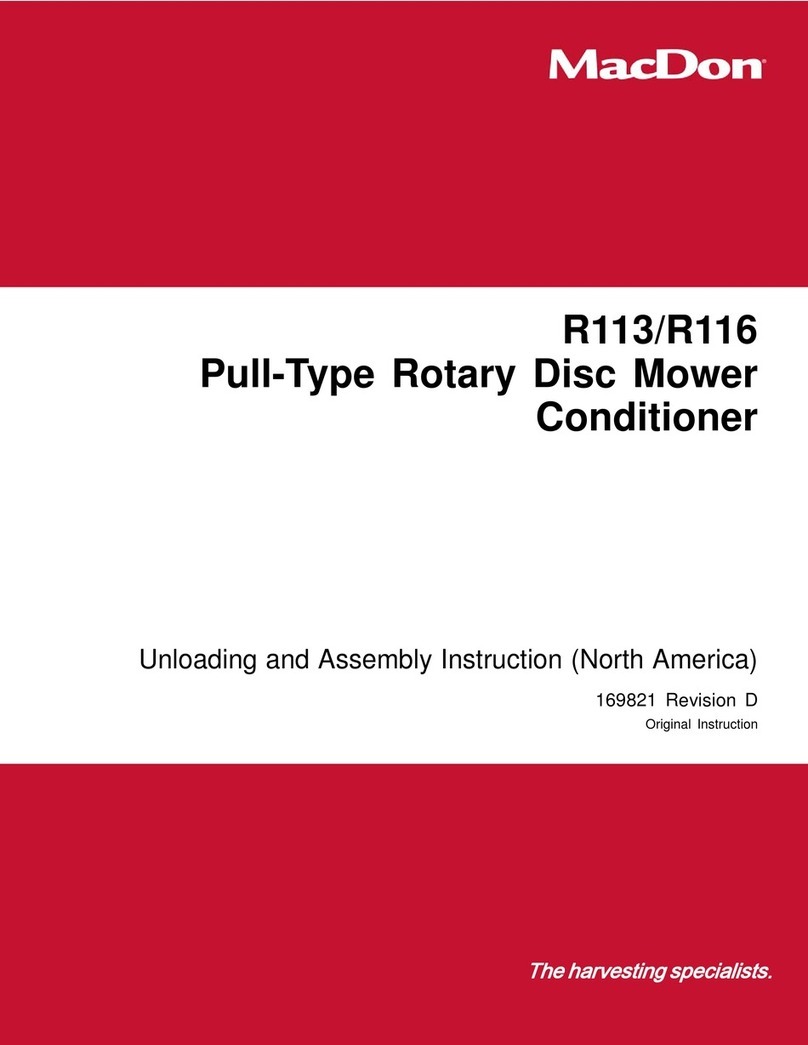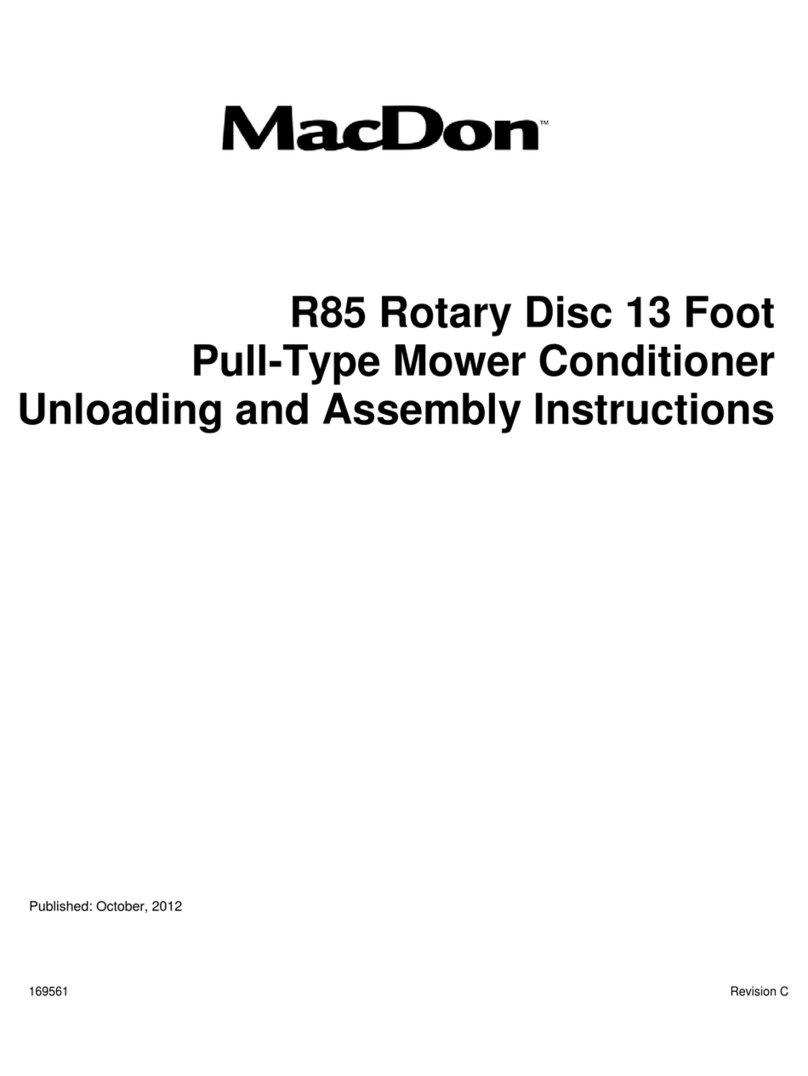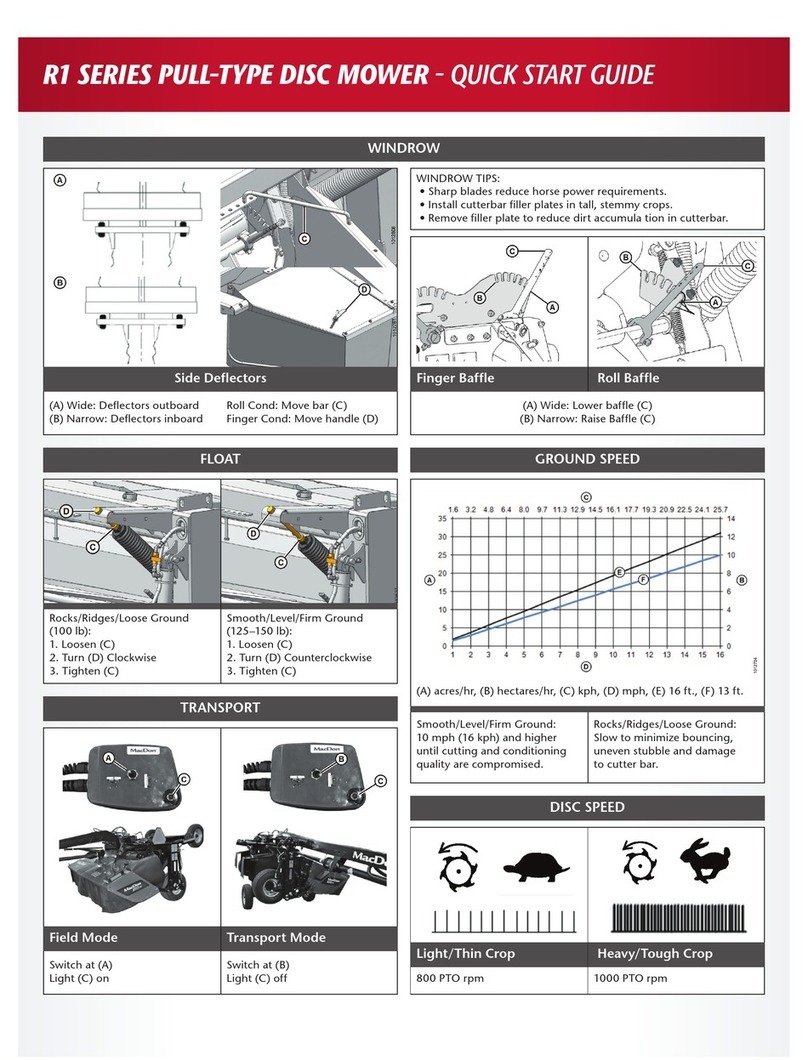
Form # 169080 Issue – April 2007
GENERAL SAFETY
CAUTION
The following are general farm safety
precautions that should be part of your
operating procedure for all types of machinery.
Protect yourself.
When assembling, operating and servicing
machinery, wear all the protective clothing and
personal safety devices that COULD be
necessary for the job at hand. Don't take
chances.
You may need:
•a hard hat.
•protective shoes with slip resistant
soles.
•protective glasses or goggles.
•heavy gloves.
•wet weather gear.
•respirator or filter mask.
•hearing protection. Be aware that
prolonged exposure to loud noise
can cause impairment or loss of
hearing. Wearing a suitable
hearing protective device such as
ear muffs (A) or ear plugs (B)
protects against objectionable or
loud noises.
Provide a first-aid kit for use in case of
emergencies.
Keep a fire extinguisher on the machine. Be
sure the extinguisher is properly maintained
and be familiar with its proper use.
Keep young children away from machinery at
all times.
Be aware that accidents often happen when the
operator is tired or in a hurry to get finished.
Take the time to consider the safest way. Never
ignore warning signs of fatigue.
Wear close-fitting clothing and cover long hair.
Never wear dangling items such as scarves or
bracelets.
Keep hands, feet, clothing and
hair away from moving parts.
Never attempt to clear
obstructions or objects from a
machine while the engine is
running.
Keep all shields in place. Never
alter or remove safety
equipment. Make sure driveline
guards can rotate independently of the shaft
and can telescope freely.
Use only service and repair parts made or
approved by the equipment manufacturer.
Substituted parts may not meet strength,
design, or safety requirements.
Do not modify the machine. Unauthorized
modifications may impair the function and/or
safety and affect machine life.






























